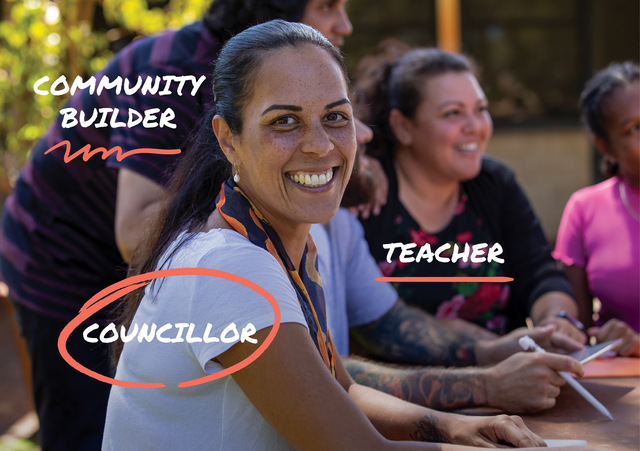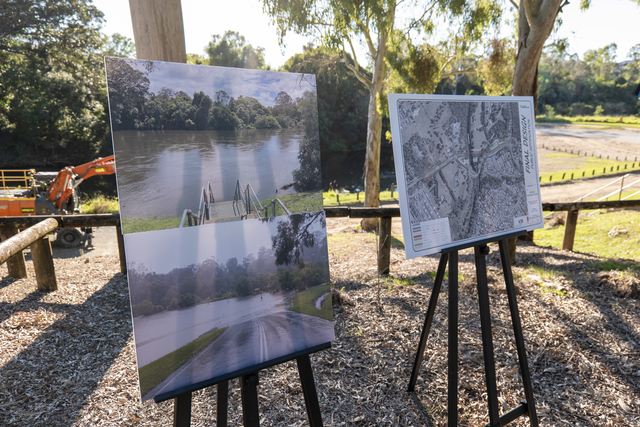In each edition we feature the views of a Local Government Association president. The following is from Mayor Mike Gaffney, President of the Local Government Association of Tasmania (LGAT).
An effective communication network is crucial for successful relationships between individuals, community groups and their councils. Indeed, within and between Government sectors, communication strategies need to be effective to facilitate greater understanding and to provide a mechanism for more meaningful and positive outcomes.
While in larger States and Territories geographical barriers and excessive distances may lead to innovative and different approaches to effective communication, opportunity exists in smaller regions to capitalise on the advantage of being able to network on a more personal basis.
In 1993, 46 councils in Tasmania were reduced to 29 larger entities. With the State population now nearing the 500,000 mark one could suggest that
29 municipalities are too many, however, that is a theme for a much lengthier debate and not the focus of this article.
Local Government in Tasmania holds four general meetings a year (including an AGM), a conference, and two weekend elected member workshops, a mayoral workshop, two general manager workshops (two days) and an annual Local Government Managers Australia conference. Fortnightly newsletters, quarterly magazines and regular community development papers all seek to keep Local Government staff and elected members well informed. There are also a number of meetings where LGAT General Management Committee (GMC) and LGAT’s Legislative Committee discuss local, regional and Statewide issues.
Many elected members and LGAT staff are also involved with Statewide working groups. In a small State, it is beneficial for council staff to be able to meet, organise and coordinate workshops to network, support and address issues or discuss new ideas on a regular and if necessary, a personal basis.
To highlight the extensive communication links in Tasmania, one can use the recent water and sewerage reform process as an example of what can be achieved in a smaller State.
With 29 key players involved in the decision making process, fitting everybody into a single room to debate and determine the issues is not a difficult task. Add to this the ability to be able to conduct meetings and information sessions around the State, where the longest drive would only be four hours, it can be understood why being small has its advantages.
Commencing from a position of anti-reform 18 months ago when the likelihood of a State Government takeover of water assets and service delivery looked highly probable, councils have worked through a series of processes and negotiations which have resulted in councils now largely accepting the reform and, importantly, retaining control and ownership of their assets and continued revenue streams from future water and sewerage operations.
The ability to be mobile, decisive and equipped with the appropriate information together, with an overall willingness to participate in whatever forum was necessary, has resulted in the formation of regional corporatised entities owned by Local Government.
A Joint Steering Committee comprising senior Local and State Government representatives is overseeing the implementation phase of the water and sewerage reform.
This cooperative approach builds on the already successful Premier’s Local Government Council (PLGC), which provides a forum for the two sectors to address issues of mutual interest.
Regular meetings between the Premier, senior Ministers and the Executive members of LGAT through the PLGC process allows for frank and sensible discussion on matters that impact specifically on the two sectors.
At present such matters as climate change, the financial sustainability of Local Government, population ageing, housing affordability and Constitutional recognition are being addressed under the auspices of the PLGC.
In closing, the ability for representatives from all three spheres of government to meet and discuss issues face to face is definitely one of the strengths of Local Government in Tasmania.







